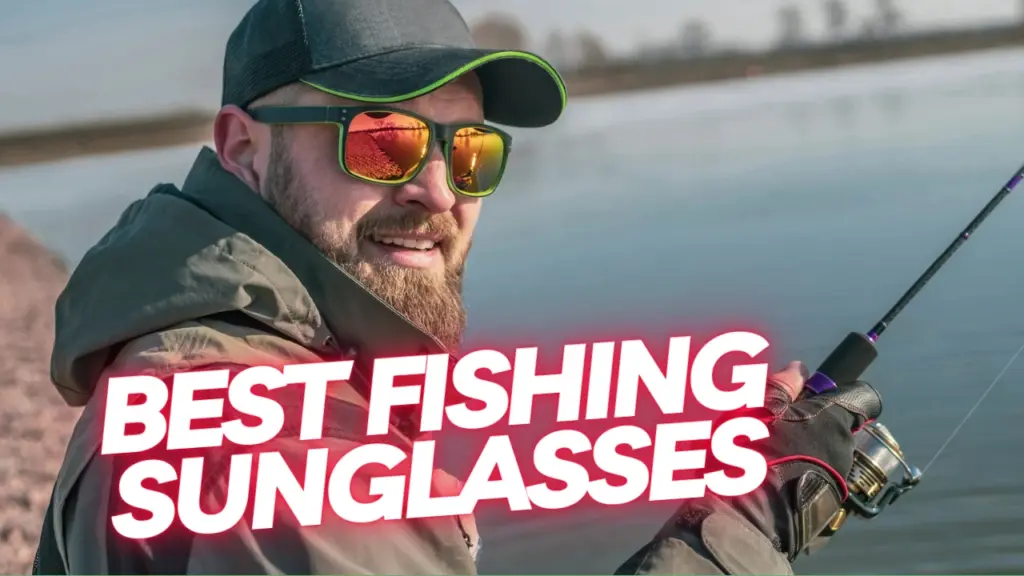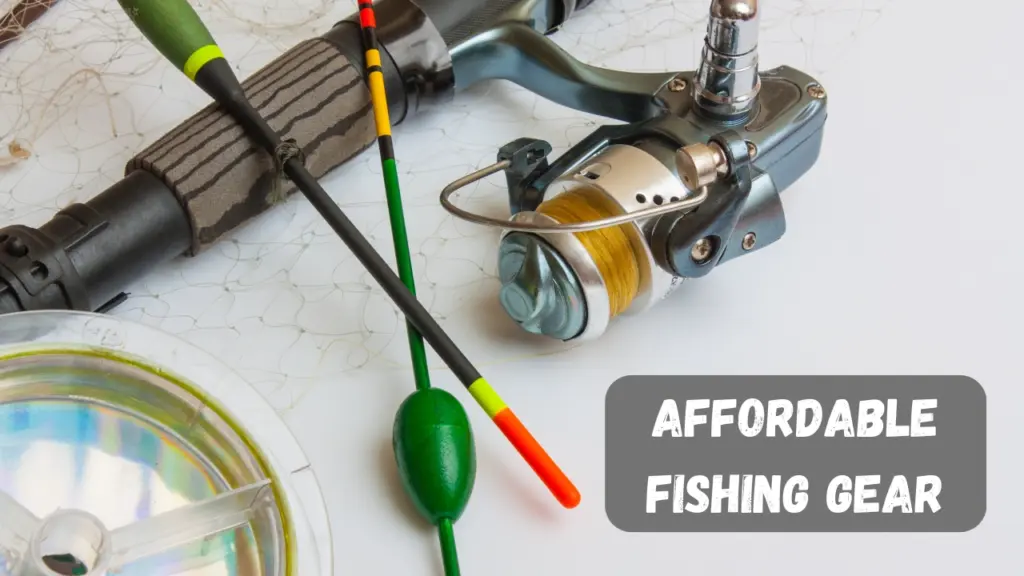Fishing is an exciting outdoor activity that brings relaxation, adventure, and the thrill of catching fish. But to have a great fishing experience, you need the right fishing tackle. Whether you’re a beginner or an experienced angler, understanding the different types of fishing tackle will help you make better choices and improve your chances of success.
In this guide, we’ll cover everything you need to know about fishing tackle, from rods and reels to lures, baits, and other essential accessories.
What is Fishing Tackle?
Fishing tackle refers to all the equipment used for fishing, including rods, reels, lines, hooks, lures, baits, and accessories. Having the right fishing tackle makes it easier to cast, hook, and reel in fish efficiently.
Essential Fishing Tackle Components
1. Fishing Rods
A fishing rod is the backbone of your fishing gear. It helps you cast your line into the water and provides control when reeling in a fish.
Types of Fishing Rods:
- Spinning Rods – Great for beginners, easy to use, and ideal for light to medium fish.
- Casting Rods – Provide better accuracy and control, perfect for experienced anglers.
- Fly Rods – Used for fly fishing, where lightweight lures mimic insects.
- Telescopic Rods – Portable and collapsible, great for travel.
- Surf Rods – Long and strong, designed for fishing from the shore.
2. Fishing Reels
Fishing reels help you retrieve the line and control the fish after it bites.
Types of Fishing Reels:
- Spinning Reels – Easy to use, ideal for beginners and casual anglers.
- Baitcasting Reels – Provide greater control and precision, best for experienced anglers.
- Spincast Reels – Simple and user-friendly, great for kids and beginners.
- Fly Reels – Designed specifically for fly fishing.
- Trolling Reels – Used for deep-sea and offshore fishing.
3. Fishing Line
The fishing line connects your hook and bait to your rod and reel. Choosing the right fishing line is important for different fishing conditions.
Types of Fishing Line:
- Monofilament Line – Stretchy and easy to handle, great for beginners.
- Fluorocarbon Line – Nearly invisible underwater, ideal for clear water fishing.
- Braided Line – Strong and durable, perfect for catching large fish.
4. Hooks and Sinkers
Hooks catch the fish, while sinkers add weight to help your bait sink into the water.
Types of Hooks:
- J-Hooks – Most common, works well with various baits.
- Circle Hooks – Reduces deep hooking, ideal for catch-and-release fishing.
- Treble Hooks – Three points, often used on lures.
Types of Sinkers:
- Split Shot Sinkers – Small and easy to attach.
- Egg Sinkers – Slide on the line, allowing free movement.
- Bank Sinkers – Used for deep-water fishing.
5. Lures and Baits
Lures and baits attract fish to your hook. The choice depends on the type of fish you want to catch.
Types of Lures:
- Soft Plastics – Mimic worms or small fish.
- Crankbaits – Resemble injured fish, great for attracting predators.
- Spinnerbaits – Have rotating blades that create vibrations to attract fish.
- Jigs – Weighted lures perfect for bottom fishing.
Types of Baits:
- Live Bait – Worms, minnows, and insects are highly effective.
- Artificial Bait – Designed to mimic real baitfish.
- Cut Bait – Pieces of fish used to attract larger species.
6. Bobbers and Floats
Bobbers keep your bait at the desired depth and help you see when a fish bites.
Types of Bobbers:
- Round Bobbers – Easy to use, great for beginners.
- Slip Bobbers – Adjustable depth, perfect for deeper waters.
7. Fishing Accessories
Other fishing tackle items can improve your fishing experience and make things easier.
- Tackle Box – Keeps all your gear organized.
- Fishing Pliers – Helps remove hooks and cut lines.
- Fishing Net – Makes it easier to land fish.
- Line Clippers – Cuts fishing lines quickly.
- Gloves – Protects your hands from hooks and fish teeth.
- First Aid Kit – Important for safety in case of minor injuries.
READ MORE: Top Fishing Accessories
Choosing the Right Fishing Tackle
With so many options, choosing the right fishing tackle depends on a few factors:
- Fishing Location: Freshwater lakes, rivers, or saltwater oceans require different tackle.
- Fish Species: Smaller fish need lighter tackle, while bigger fish require stronger gear.
- Skill Level: Beginners should start with simple tackle like spinning rods and reels.
- Weather Conditions: Wind, water clarity, and depth affect tackle choices.
Fishing Tackle Maintenance Tips
To keep your fishing tackle in top condition, follow these simple maintenance tips:
- Rinse After Use: If fishing in saltwater, rinse your gear with fresh water to prevent rust and corrosion.
- Store Properly: Keep your rods and reels in a dry place, away from direct sunlight.
- Lubricate Moving Parts: Apply oil to reel components for smooth operation.
- Check for Damage: Inspect fishing lines, hooks, and rods before every trip.
Final Thoughts
Fishing is an enjoyable and rewarding activity, but having the right fishing tackle is essential for success. Whether you’re fishing for fun or sport, understanding the different tackle options will help you make better choices and catch more fish.
Now that you have a clear understanding of fishing tackle, it’s time to get your gear ready and head out for an amazing fishing adventure. Happy fishing!



